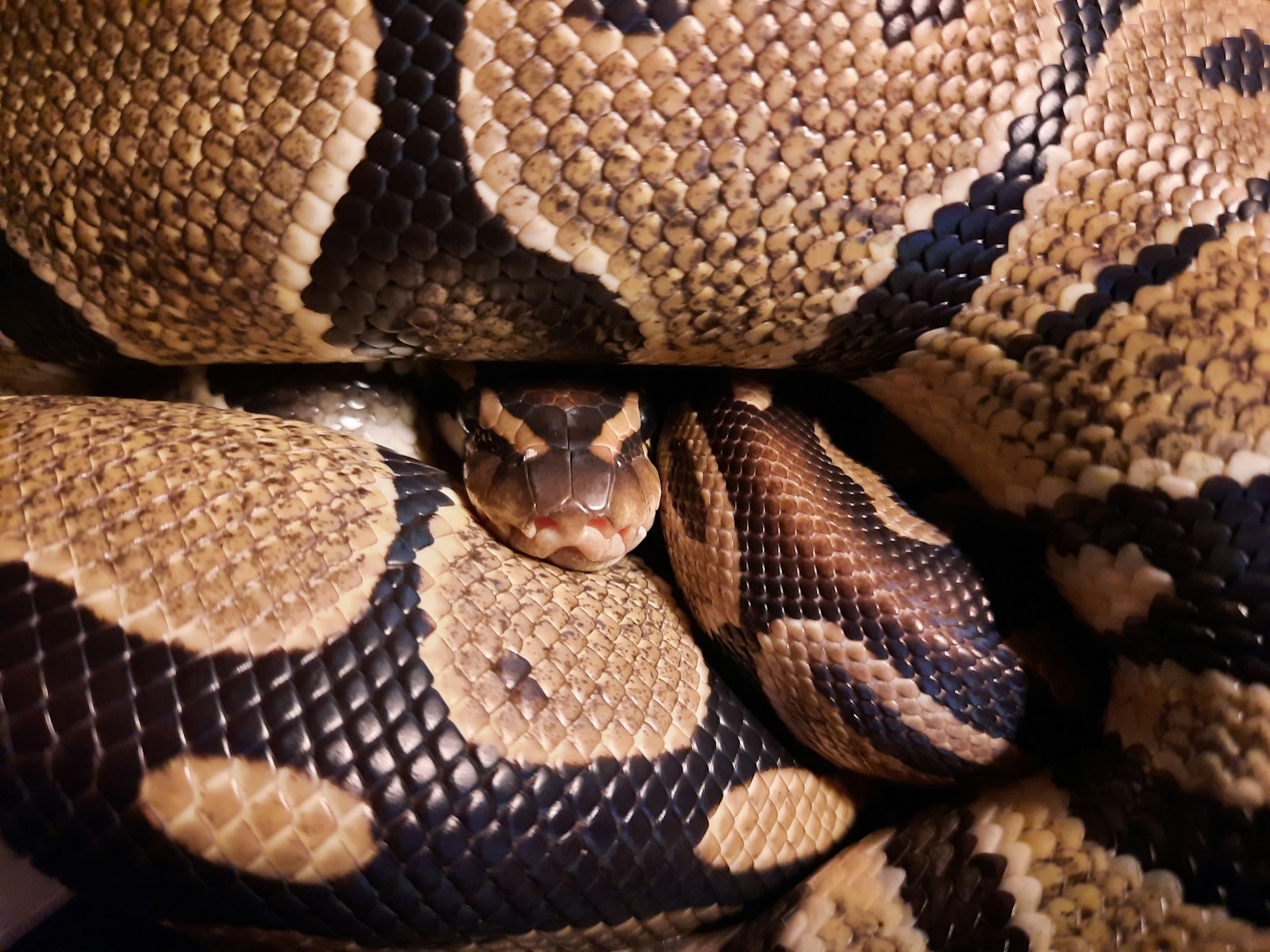When most people think of emotionally expressive pets, dogs and cats typically come to mind first. However, the reptile world holds some surprisingly communicative creatures, particularly among snake species. While snakes don’t display emotions in the same way mammals do, certain species have distinct behavioral patterns and physical responses that many keepers interpret as forms of emotional expression. These subtle cues – from body positioning to interaction styles – can create meaningful connections between snakes and their human caretakers. For those interested in reptile companionship with a more interactive experience, these five snake species stand out for their unique expressive qualities.
Understanding Snake Emotions: Setting Realistic Expectations

Before exploring emotionally expressive snake species, it’s important to establish realistic expectations about reptilian emotional capacity. Snakes lack the limbic system structures responsible for complex emotions in mammals, meaning they don’t experience affection, love, or attachment as we understand it. However, they do possess the brain structures necessary for basic emotional states like fear, pleasure, and contentment. Their expressiveness manifests through body language, activity levels, feeding responses, and handling tolerance rather than facial expressions or vocalizations. Experienced keepers learn to recognize these subtle behavioral patterns as indicators of their snake’s internal state. Understanding these limitations helps snake owners appreciate the unique ways their pets do communicate and prevents anthropomorphizing behaviors that have different biological explanations.
Ball Pythons: The Gentle Giants of Expression
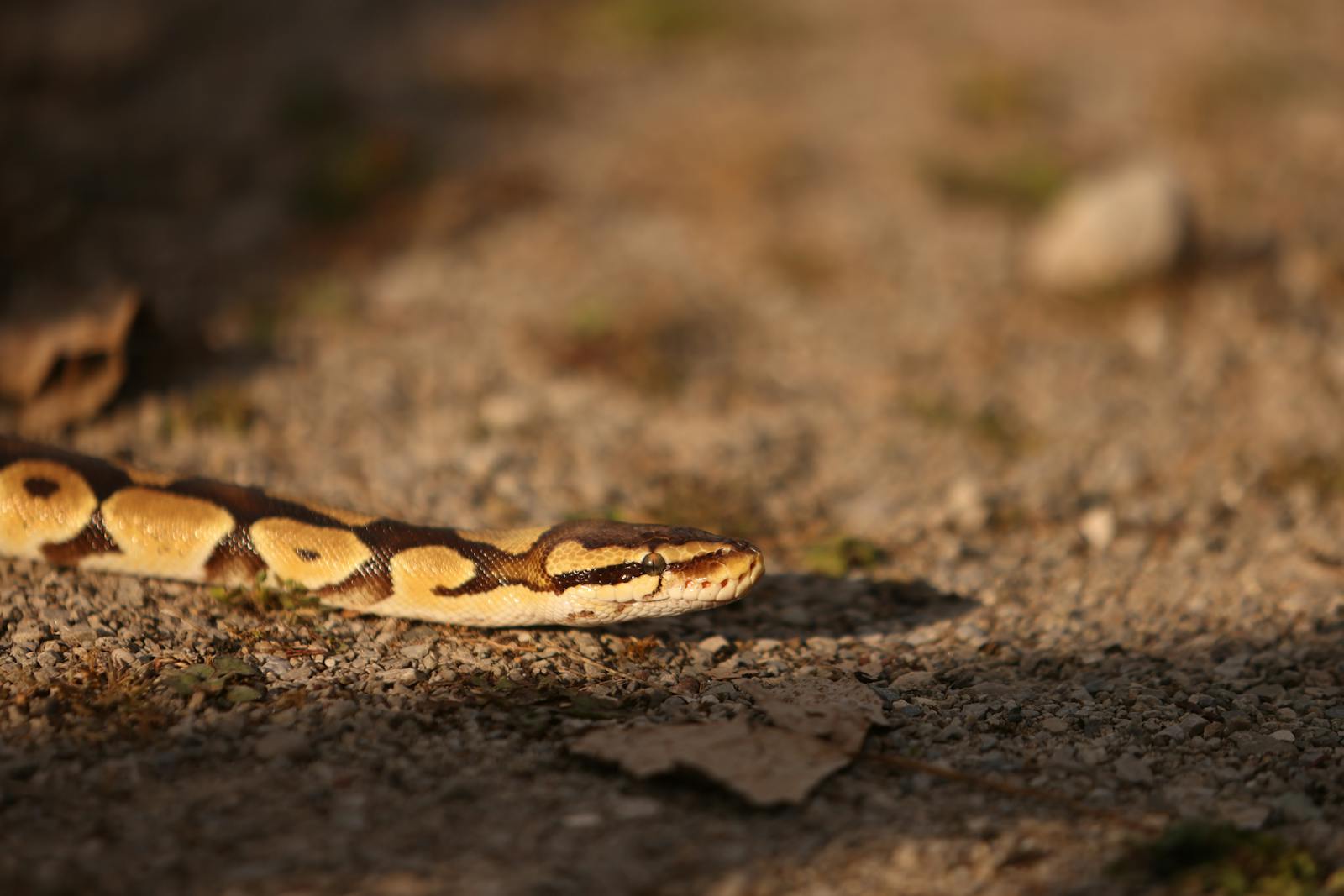
Ball pythons (Python regius) consistently rank among the most emotionally readable snake species in the pet trade. Their name derives from their defensive behavior of rolling into a tight ball when stressed, providing an unmistakable indicator of their comfort level. When content, these pythons display relaxed body posture, curious tongue flicking, and may even rest their heads on their keepers’ hands or shoulders during handling sessions. Long-term keepers report that individual ball pythons develop distinct personalities, with some being naturally more inquisitive and others more reserved. These snakes’ slow, deliberate movements and docile temperaments make their behavioral changes particularly noticeable, allowing attentive owners to distinguish between a snake that’s stressed, comfortable, or actively engaged with its environment. Their facial features, including proportionally large eyes, also contribute to their seemingly expressive appearance.
Corn Snakes: The Curious Communicators
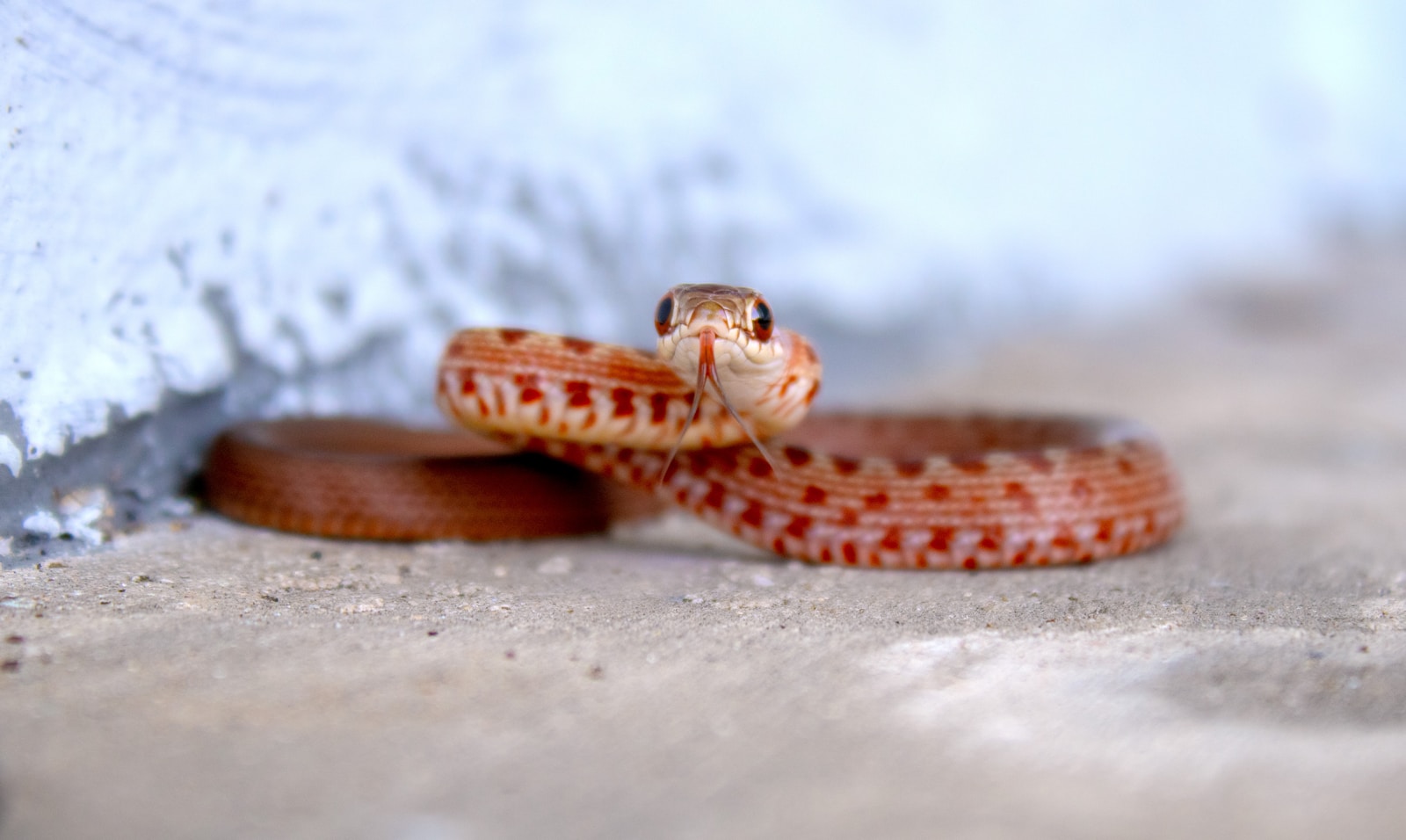
Corn snakes (Pantherophis guttatus) stand out for their inquisitive nature and active communication style through body language. These North American colubrids demonstrate their comfort levels through relaxed body positioning, steady movement patterns, and responsive behavior during handling. A content corn snake typically moves with smooth, flowing motions, explores its surroundings with regular tongue flicks, and maintains a relaxed muscle tone when held. Experienced keepers often note how corn snakes seem to display recognition of their regular handlers through calmer behavior and reduced defensive posturing compared to their reactions to strangers. Their highly active nature makes behavioral changes particularly evident – a normally active corn snake that becomes still or a typically docile individual that becomes restless often clearly communicates changes in its physical or environmental comfort. This behavioral consistency makes corn snakes particularly rewarding for keepers who enjoy interpreting their pet’s subtle communication cues.
Kingsnakes: The Confident Expressers
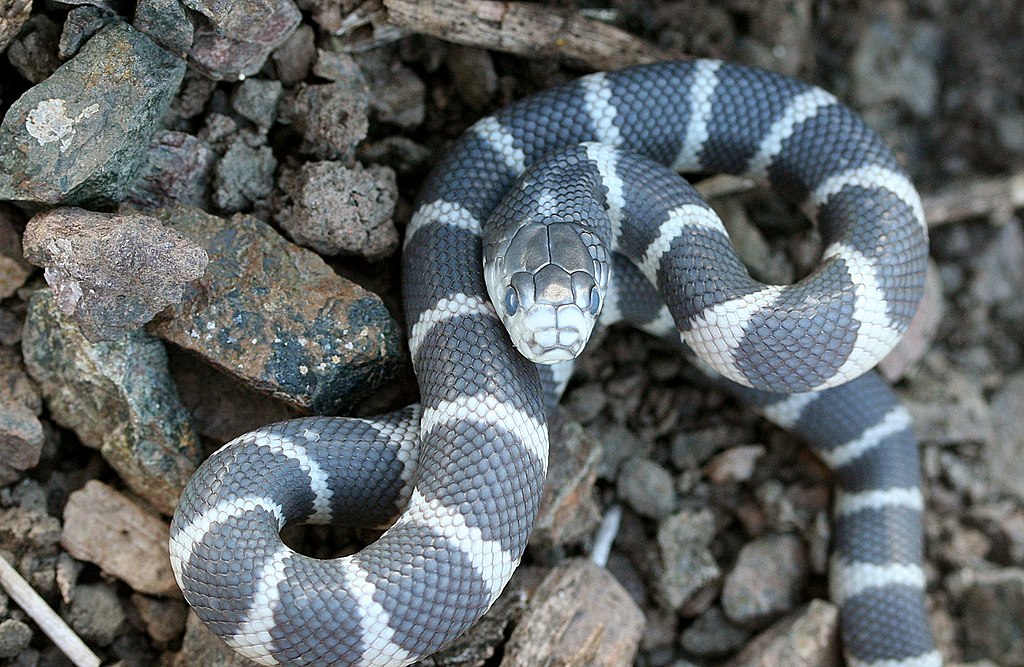
Various kingsnake species, particularly the California kingsnake (Lampropeltis californiae) and Eastern kingsnake (Lampropeltis getula), display remarkable behavioral expressiveness that owners quickly learn to interpret. These confident snakes typically exhibit bold, purposeful movements that reflect their natural predatory prowess, with noticeable changes in body tension and positioning that signal their current state. When comfortable, kingsnakes move with smooth, deliberate motions and maintain consistent tongue-flicking patterns to gather environmental information. Many keepers report that their kingsnakes develop apparent food recognition responses, showing excitement through increased activity and tongue-flicking when they detect their owner’s presence at regular feeding times. These snakes’ naturally inquisitive temperament makes them particularly interactive pets, as they actively explore their environments and handlers rather than remaining passive during interactions. Their confident demeanor creates a different type of expressiveness than more shy species, characterized by engagement rather than merely tolerance of handling.
Garter Snakes: The Sociable Serpents
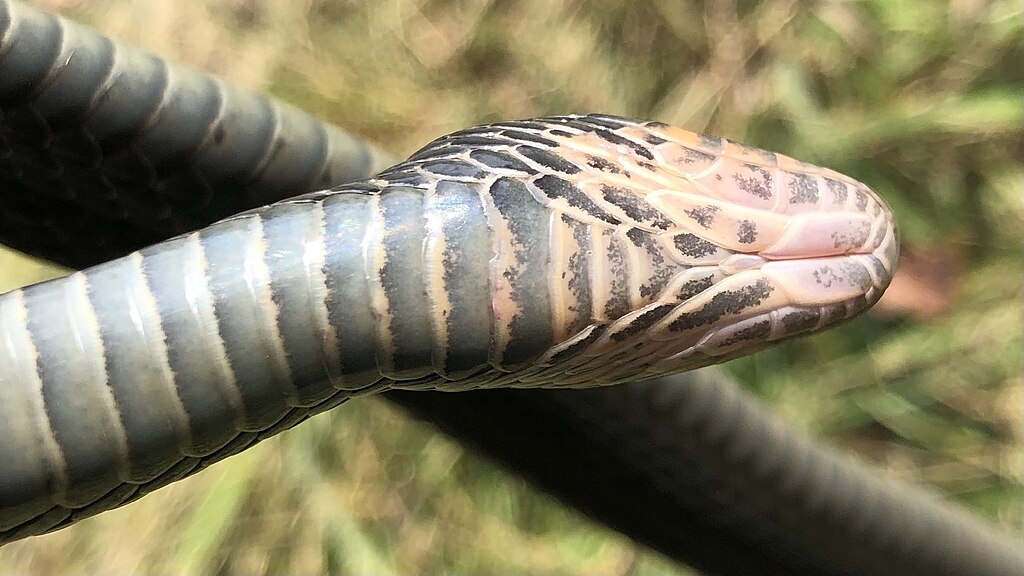
Garter snakes (Thamnophis species) stand apart from many other snake species through their naturally social tendencies in the wild, where they may hibernate in large groups and engage in more complex interactions than typically solitary snakes. This social predisposition seems to translate into captivity through more nuanced behavioral responses to their keepers. Owners frequently observe that garter snakes remain alert and attentive during handling rather than merely tolerating it, with some individuals appearing to seek out interaction by moving toward their keepers during enclosure maintenance. Their relatively high metabolism and activity levels make behavioral changes particularly evident – shifts in basking patterns, feeding response, and exploration behaviors often clearly communicate their physical state. Some experienced garter snake keepers report that their pets display what appears to be recognition of regular handlers through reduced defensive displays and increased tolerance of handling compared to their reactions to unfamiliar people.
Hognose Snakes: The Dramatic Performers

Western hognose snakes (Heterodon nasicus) earn their place among emotionally expressive species through their remarkably theatrical behavioral displays. These snakes are famous for their elaborate defensive performances, which include flattening their necks, hissing dramatically, mock striking with closed mouths, and even playing dead as a last resort – complete with rolling onto their backs and emitting a foul smell. While these behaviors evolved as survival mechanisms rather than emotional expressions, they create an unmistakable communication system that owners quickly learn to interpret. Beyond these defensive displays, relaxed hognose snakes show their comfort through animated exploration, using their specialized upturned snouts to burrow and sift through substrate. Long-term captives often become noticeably more tolerant of handling over time, with many keepers reporting that their hognose snakes display distinct individual personalities ranging from shy and reserved to boldly inquisitive. Their relatively expressive faces, with upturned snouts that create an almost smiling appearance, enhance their seemingly emotive quality.
Recognizing Comfort Signals in Snakes
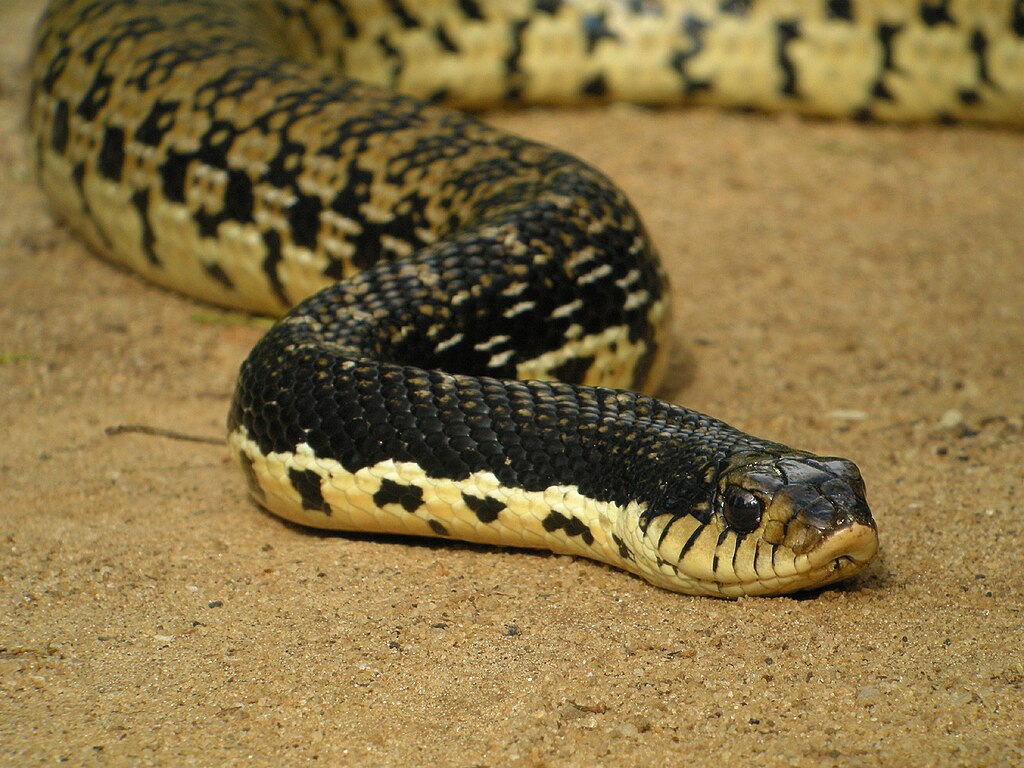
Across all five species discussed, certain physical and behavioral indicators consistently signal a comfortable, relaxed state. A content snake typically exhibits smooth, deliberate movements rather than jerky or frantic motion patterns. Muscle tone remains relaxed during handling, with the snake neither gripping too tightly nor feeling limp and unresponsive. Regular, rhythmic tongue flicking indicates normal information gathering rather than stress, particularly when the tongue movements follow a consistent pattern rather than rapid, agitated flicking. Body positioning offers perhaps the clearest comfort signal, with relaxed snakes typically maintaining loose, gentle curves rather than tense, tightly coiled postures or rigid, straight-line defensive stances. Learning to recognize these subtle signals helps establish a more meaningful connection with your snake and ensures handling sessions remain positive experiences for both keeper and reptile.
Signs of Stress and Discomfort to Watch For

Understanding stress signals is equally important as recognizing comfort cues when keeping emotionally expressive snake species. Common indicators of discomfort include rapid, erratic movements or complete immobility when normally active. Defensive postures such as s-shaped striking positions, flattened heads or necks, or tightly coiled bodies with heads hidden suggest fear or stress. Refusing food for extended periods (beyond normal seasonal fasting) or regurgitating meals may indicate stress-related digestive disruptions. Excessive hiding, particularly in normally bold species like kingsnakes, often signals environmental discomfort or health concerns. Respiratory symptoms such as wheezing, open-mouth breathing, or bubbles around the nostrils require immediate veterinary attention and frequently stem from stress-related immune suppression. Being attentive to these warning signs allows responsible keepers to address potential problems before they escalate into serious health issues.
The Role of Individual Personality in Snake Expression

Even within the same species, individual snakes often display remarkably different behavioral tendencies that many keepers interpret as personality variations. These differences likely stem from a combination of genetic factors, early environmental influences, and individual learning experiences. Some ball pythons, for instance, naturally explore their environments with confidence, while others of the same species, age, and background may remain more reserved and cautious. Kingsnakes from identical clutches frequently develop distinct feeding responses, with some becoming enthusiastic eaters while siblings remain more measured in their approach to prey. These individual variations become more pronounced over time as snakes develop learned responses to their specific environments and handling routines. Experienced keepers often find that acknowledging and adapting to these individual differences creates more successful husbandry practices and more rewarding keeper-snake relationships than trying to force all specimens into expected behavioral patterns.
Building Trust Through Consistent Handling
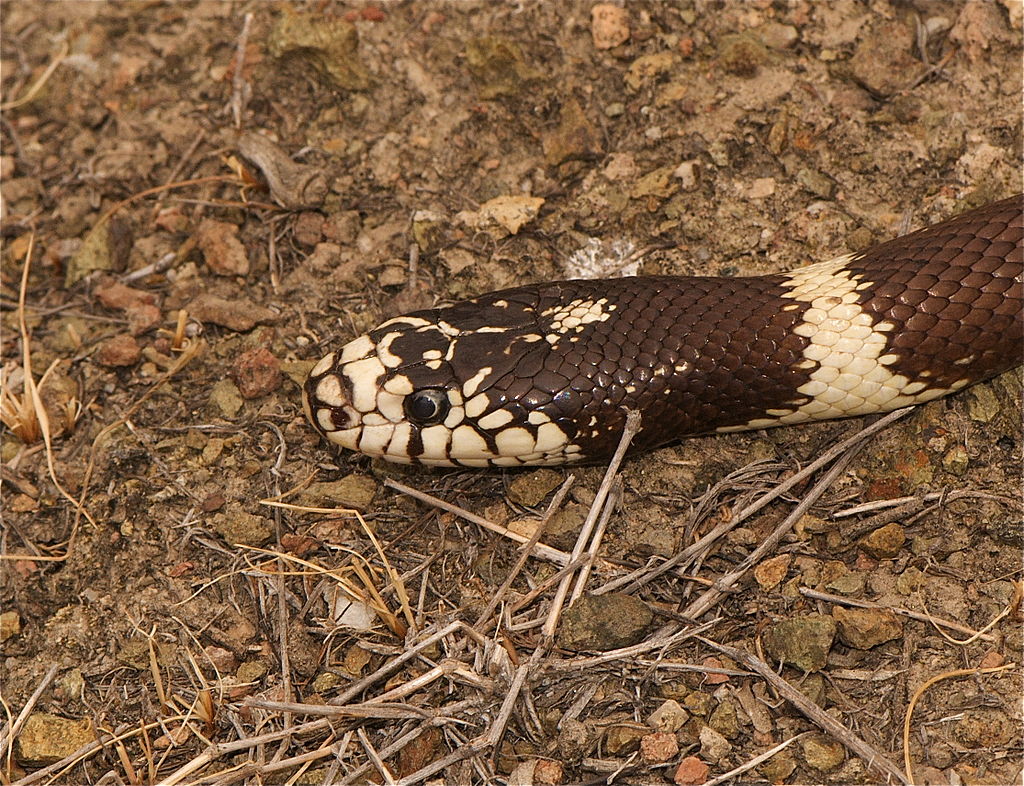
For all five of these emotionally expressive snake species, establishing trust through consistent, appropriate handling practices significantly enhances their expressive behaviors. Beginning with short, gentle handling sessions and gradually increasing duration as the snake shows comfort signals helps build positive associations. Supporting the snake’s body properly, avoiding sudden movements, and handling during the species’ natural active periods rather than during digestion or shedding phases contributes to positive experiences. Many keepers report that their snakes become noticeably more relaxed and expressive after several months of consistent handling following this approach. The goal should be creating a neutral to positive association with handling rather than trying to make the snake “enjoy” being held, as even the most expressive species experience handling differently than mammals do. This consistent approach allows the snake’s natural expressiveness to emerge without the masking effects of stress or defensive responses.
Creating Environments That Encourage Expression
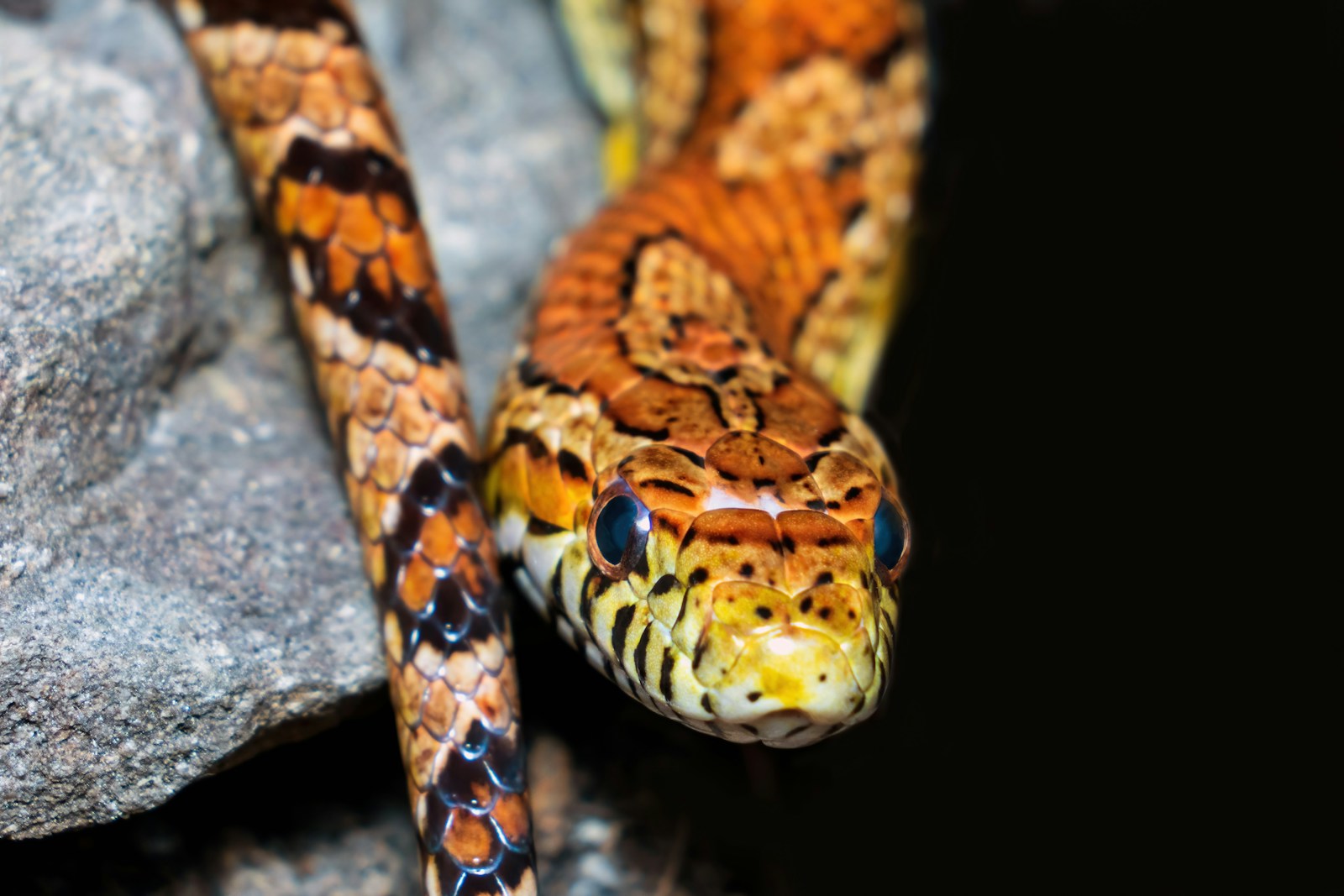
The physical environment plays a crucial role in allowing these snake species to display their natural behavioral repertoires and expressiveness. Properly sized enclosures with appropriate temperature gradients, humidity levels, and multiple secure hiding spots create the foundation for normal behavior patterns to emerge. Enrichment elements tailored to each species’ natural history – climbing branches for corn snakes, deep substrate for burrowing hognose snakes, or rock formations for basking kingsnakes – encourage species-typical behaviors that reveal their expressive tendencies. Regular environmental changes, such as rearranging décor or introducing novel (safe) objects periodically, stimulate exploration and cognitive engagement that makes behavioral patterns more evident. Many experienced keepers find that naturalistic enclosures not only improve their snakes’ physical well-being but also elicit more varied and nuanced behavioral expressions than minimalist setups that meet only basic needs.
The Connection Between Physical Health and Expressiveness
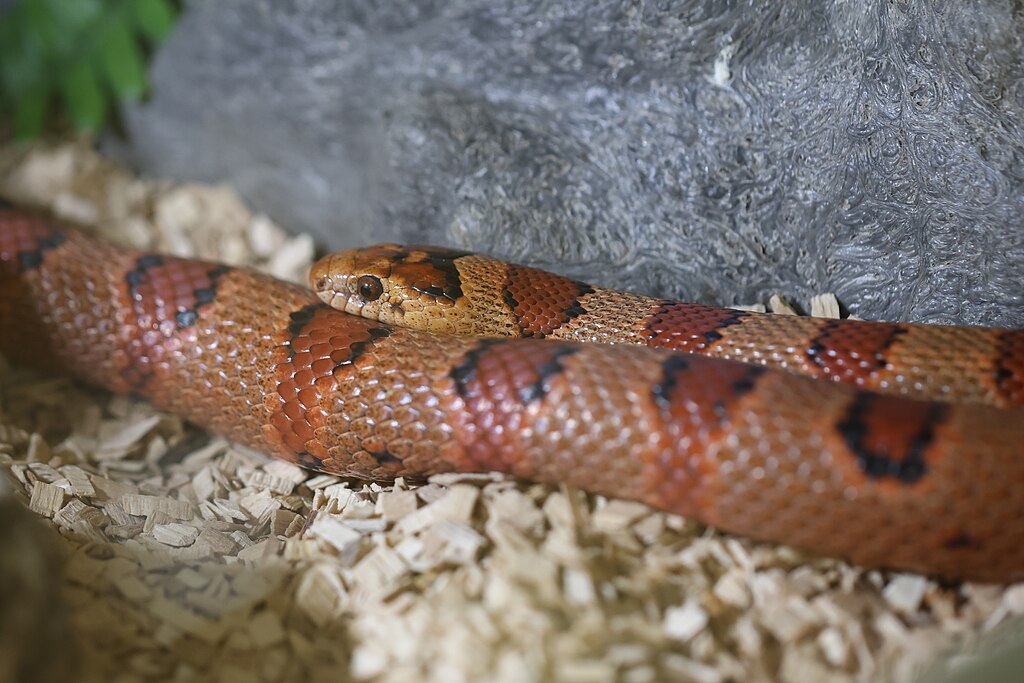
A snake’s physical condition directly impacts its behavioral expressiveness, with healthy specimens displaying more varied and typical behaviors than those suffering from health issues. Proper nutrition, appropriate supplementation when needed, and preventative parasite control create the physical foundation for normal behavioral expression. Regular veterinary check-ups help catch subtle health issues before they significantly impact behavior, as many snakes instinctively mask symptoms until conditions become severe. Temperature and humidity parameters maintained within species-appropriate ranges support proper metabolic function, which directly influences activity levels and behavioral responses. Even minor health concerns can dramatically alter a snake’s typical expressive patterns – a normally curious kingsnake might become withdrawn, or an active corn snake might become lethargic. Maintaining optimal physical health therefore represents an essential component of supporting your snake’s natural expressive tendencies.
The Ethics of Keeping Emotionally Expressive Snakes
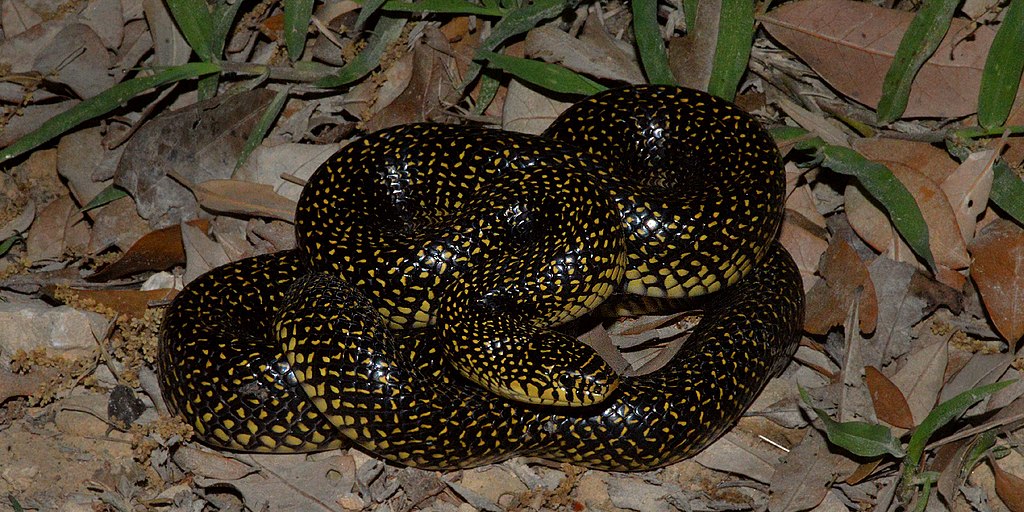
Keeping emotionally expressive snake species carries important ethical considerations regarding responsible husbandry and realistic expectations. Providing species-appropriate environments, diets, and veterinary care forms the foundation of ethical snake keeping, ensuring these animals can express their natural behaviors. Avoiding excessive handling that prioritizes owner preferences over the snake’s stress signals demonstrates respect for the animal’s boundaries and well-being. Responsible keepers educate themselves about their specific species’ natural history, behavior patterns, and care requirements beyond basic maintenance needs. Perhaps most importantly, ethical snake ownership involves accepting these animals on their own terms – appreciating their reptilian nature rather than expecting mammal-like emotional responses or attempting to reshape natural behaviors to match human preferences. This balanced approach creates rewarding relationships with these fascinating creatures while respecting their fundamental nature as reptiles.
Conclusion: Appreciating Reptilian Expression on Its Own Terms
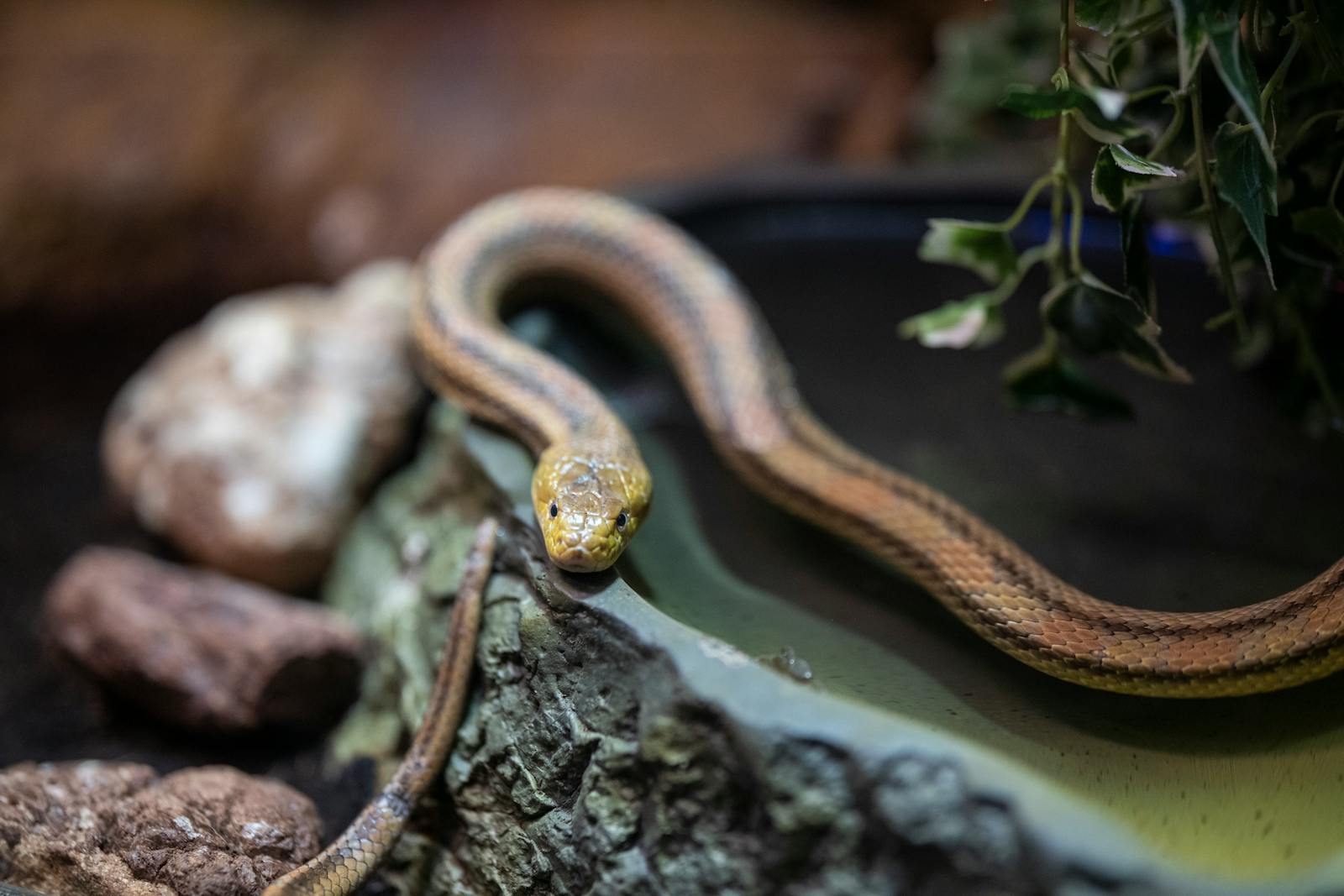
The five snake species discussed – ball pythons, corn snakes, kingsnakes, garter snakes, and hognose snakes – offer some of the most rewarding interactive experiences in the reptile world through their distinctive expressive qualities. While their emotional lives differ fundamentally from mammals, these species communicate their internal states through readable behavioral patterns that create meaningful connections with attentive keepers. Understanding the biological basis of these expressions, recognizing both comfort and stress signals, and creating environments that support natural behaviors allows owners to appreciate these remarkable animals for their unique qualities rather than comparing them to more traditionally expressive pets. For those willing to learn this different language of animal communication, these five species offer fascinating insights into reptilian cognition and behavior that can create surprisingly rewarding relationships between humans and these elegant, ancient creatures.

